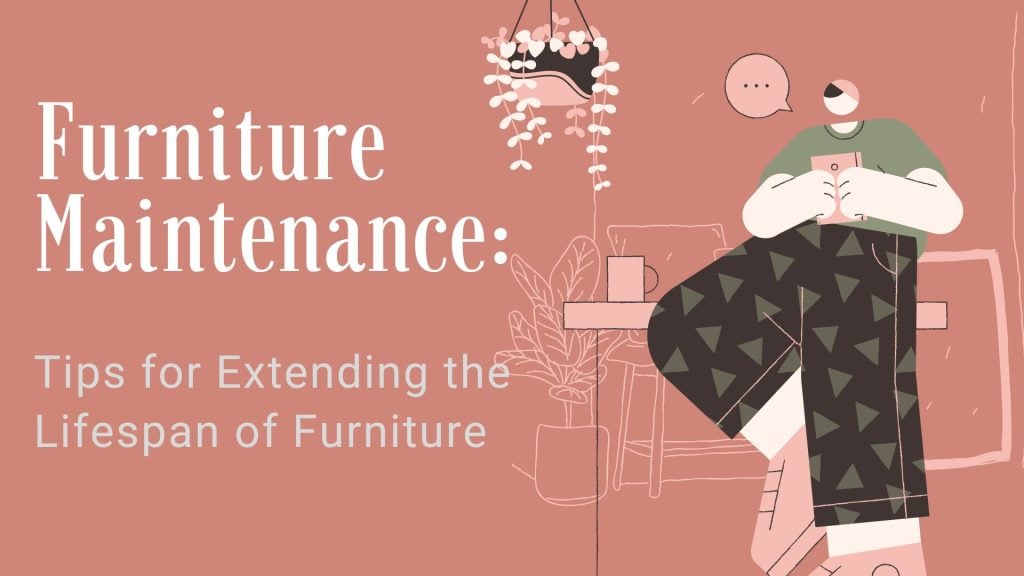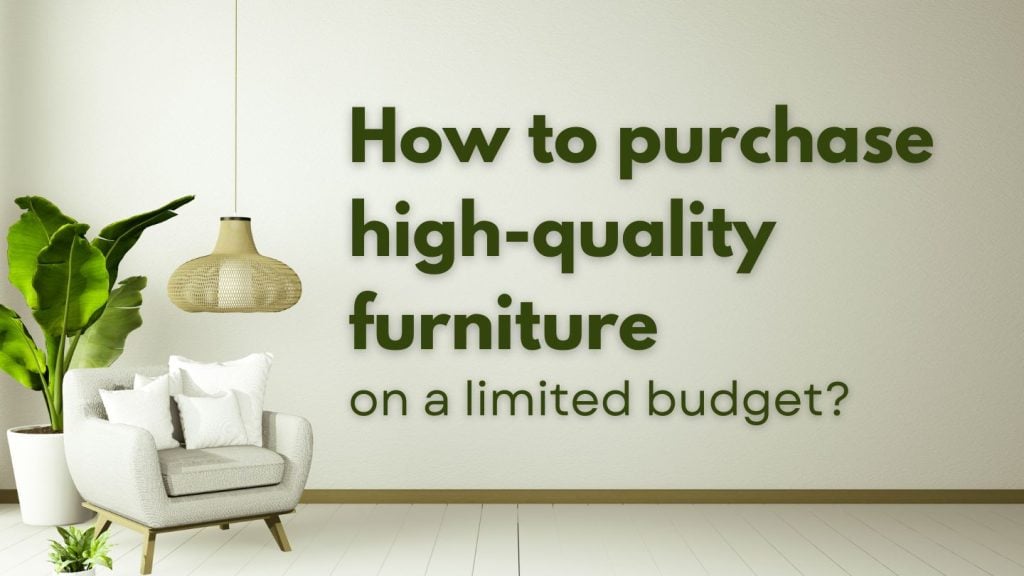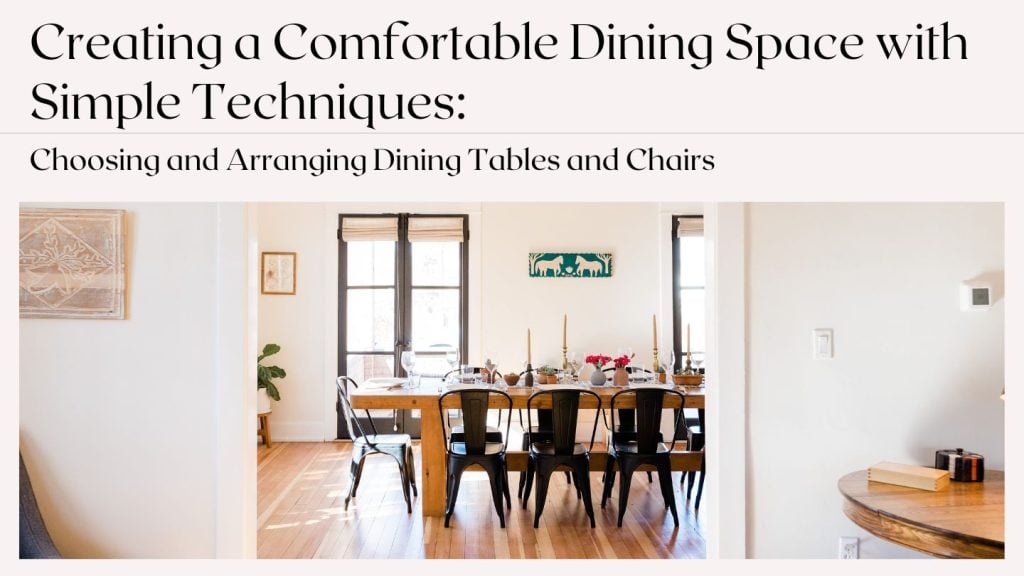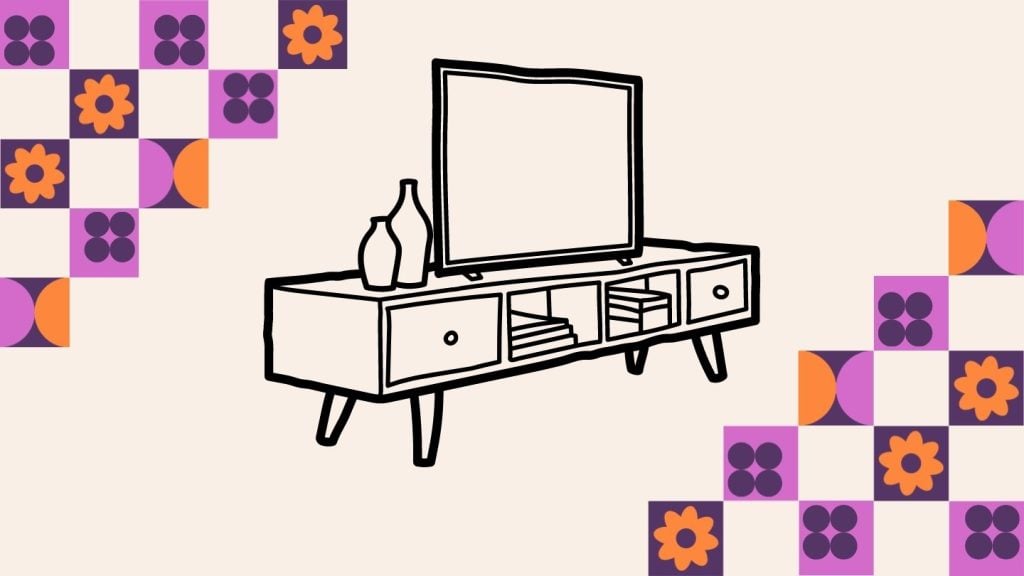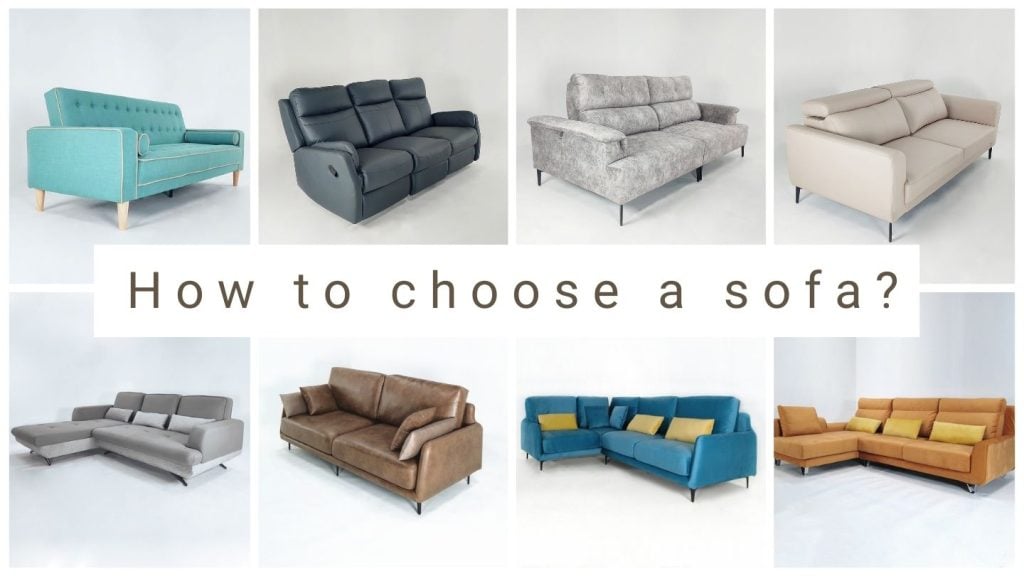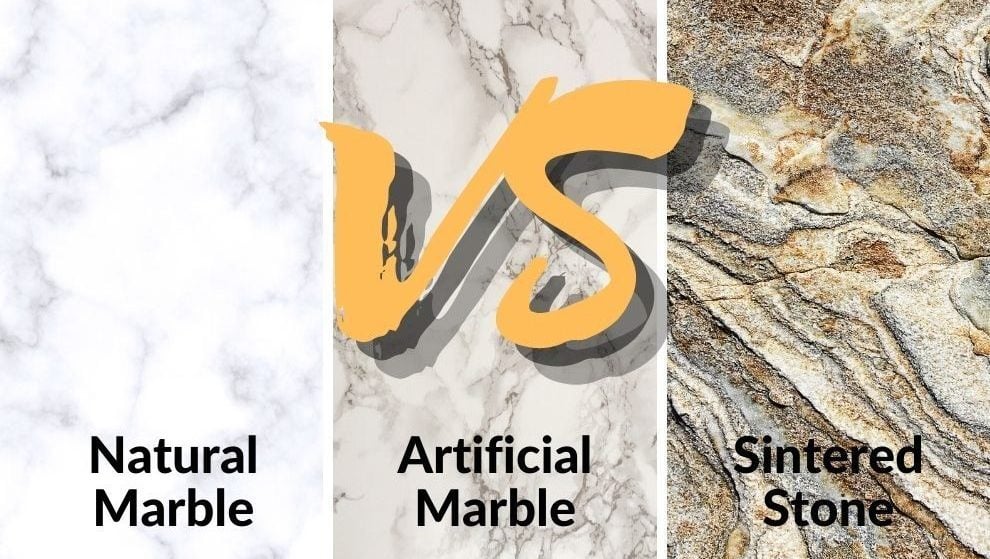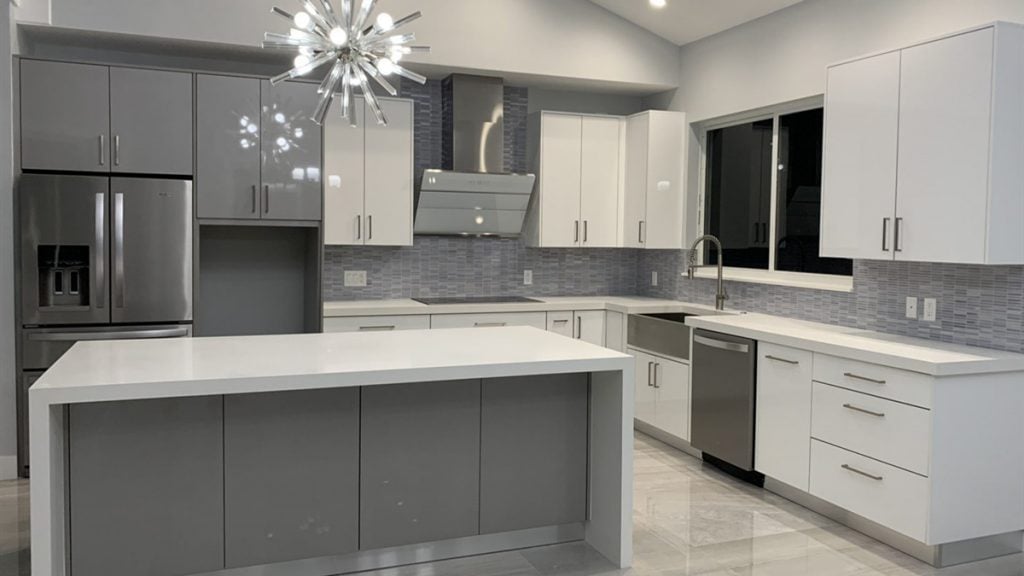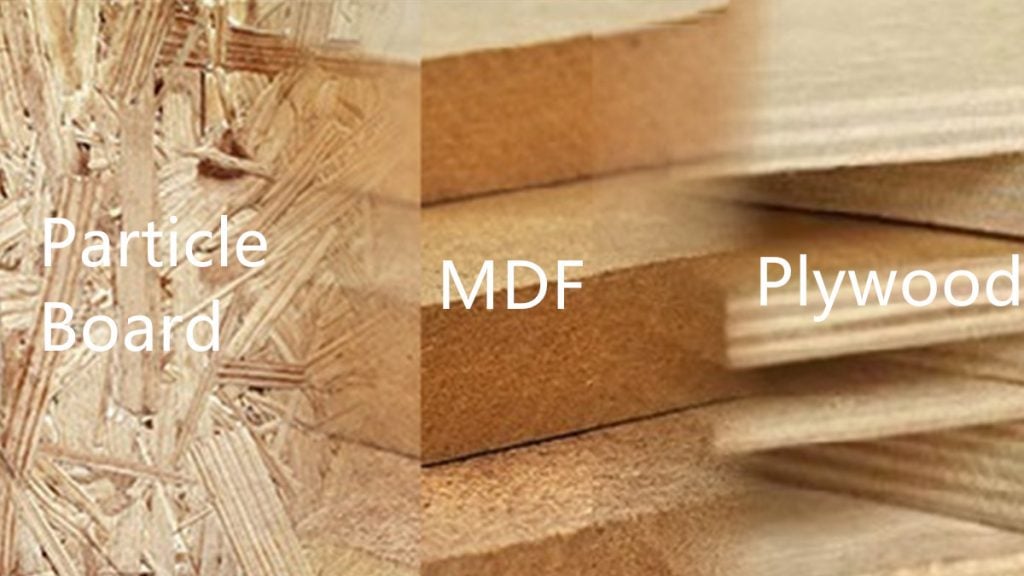
Comparing Furniture Materials: Particle Board, MDF & Plywood
Are you searching for the best yet most affordable wood composite to use for your office or home furniture? You may be looking at products on our site and asking “what is the difference between MDF, particle board, and plywood?” You’d be surprised by how many people really don’t know the difference. In this article, we’ll explain which out of the three types of wood is the most affordable and strongest. We’ll also discuss the different grades of each engineered wood composite. Make sure you understand the pros and cons of medium-density fiberboard, plywood, and particle board to make your purchasing decision easy.
What is Particle Board?
Simply put, particle board is a waste-wood product made by heat pressing wood chips, sawmill shavings, or even sawdust and resin together. To make the end product water resistant, fireproof, and/or insect-proof chemicals are used including wax, dyes, wetting agents, and release agents. After the resin, chemicals, and wood scraps have been mixed together, the liquid mixture is made into a sheet. The weight of the wood chips is evenly distributed to make sure the finished board is not top heavy. Compression is applied to the particle board sheet multiple times to create the tightest possible bond between the resin and the wood bits. A popular type of particle board that you may see is oriented strand board (OSB). This wood composite is very important to home and commercial engineers for structural purposes. Oriented strand board is easily identifiable by its manufacturing process that layers strands of wood in specific orientations. Most home and commercial builders use OSB particle board for floor and wall bases.
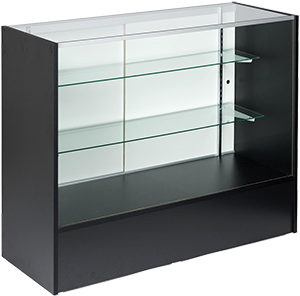
Advantages
- Low Cost
- Light-Weight
- Perfect for Ready-Made Furniture
Disadvantages
- Low Strength – Cannot Support Heavy Loads
- Not as Eco-Friendly as Wood Furniture
- Expands or Discolors Due to Moisture
What is MDF Wood?
MDF stands for medium-density fiberboard, which is an engineered wood composite made up of wood fibers. Because the MDF is composed of small wood fibers, there is no visible wood grain, rings, or knots. The making of the composite uses the fibers, glue, and heat to create a tight bonding board. Both softwood and hardwood are used to manufacture MDF. Generally denser than plywood, this composition creates a stronger material for building. We use a veneer sealant to prevent water damage. Two types of fiberboard are moisture resistant (which is typically blue) and fire retardant.
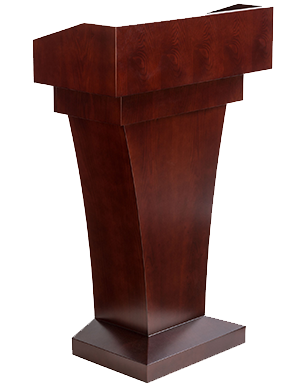
Advantages
- Low Cost
- Very Smooth, No Splinters
- Easy to Paint
- Easy Cutting
- Denser and Stronger than Particle Board
- Composed of Small Wood Fibers So There is No Wood Grain
Disadvantages
- MDF is Dense, Making it Heavy
- Cannot Be Stained
- Can Dull Blades Quickly
What is Plywood?
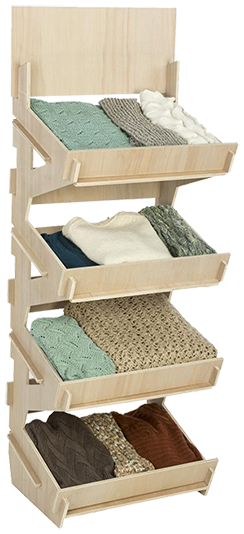
Plywood is an engineered wood product made up of sheets of wood veneer. The wood veneer boards are pressed and bonded together to create one solid piece. This manufacturing process is called cross-graining and it reduces shrinkage and expansion while improving panel strength consistency. Different grades of plywood are used for different purposes. Plywood grades are affected by many variables including the type of wood ply, thickness, adhesive, and manufacturing/compaction process. Lower grades are perfect for subflooring in buildings and homes. High grades can be used for cabinets and shelving. There are many types of plywood to choose from. Make sure to choose the correct plywood type for the furniture or fixture you are building.
Types Plywood
- Softwood – Grooved Flooring
- Hardwood – Heavy Duty Flooring or Wall Structures
- Tropical – Soft, Low Cost Wood
- Decorative – Easy to Dye and Draw On
- Marine – Used for Docks and Boats
- Flexible – Used for Curved Wooden Parts
- Aircraft – High Strength, Resists Heat & Humidity
Advantages
- Comes in Different Thicknesses
- Different Wood Species Available
- Very Strong Material
- Less Susceptible to Water Damage
- Stainable and Paintable
- Holds Screws Well
- Possible to Purchase with Low or No VOCs.
Disadvantages
- More Expensive
- Have to Finish Edges Because Layers Show
- Plywood Often Splinters
- Difficult to Cut
Particle Board, MDF & Plywood Grades
The primary differences between grades are the number of knot holes and voids. The amount of defects and work to repair them determines the grade. The type or grade of adhesive also has a part in grading. One of the best ways to find out about the grade is to look for a stamp that says “APA The Engineered Wood Association.” This stamp will give you an A, B, C, or D grade based on the intended use of the panel.
| Grade | Description |
|---|---|
| A | Minor, but not frequent burls, pin knots, and inconspicuous small patches. |
| B | Burls, slight color streaks, pin knots, and inconspicuous small patches in limited amounts. |
| C | Smooth patches, sound knots, and discoloration or varying color. |
| D | Defects downgrade these good or premium panels to factory seconds. |
| G1S | Dealer-applied designation meaning “Good 1 Side” used primarily for foreign-origin plywood of 1/4″ thickness; face can be good to premium, back with large defects or of another hardwood species. |
So What’s The Best Wood Solution?

It really comes down to what you are building and the conditions the material will be used in. When building cabinets you can use any three of these wood composites. Most people will go with plywood for the cabinet frame because it holds screws well and takes paint and stain well. The plywood’s multiple wood layers make the cabinets lightweight, yet strong and durable. But on the other hand, a shelving unit could be built with MDF to save money. As you can see, you can use any type of manufactured wood for many projects, but keep weight, material strength, clean cutting, and possible water damage in mind.
More valuable furniture items from our Squirrel Interstore.

